Sea buckthorn – one of the hardiest and most low-maintenance plants – is generally easy to grow, even for beginner gardeners. However, regular care is essential for consistent, high-quality yields. The key factor influencing fruit production is fertilization. Learn how and what to feed sea buckthorn in summer in our guide.
Table of contents
Key Aspects of Summer Sea Buckthorn Fertilization
Summer feeding is crucial for a bountiful sea buckthorn harvest, as the plant is actively growing and fruiting during this period.
Fertilizers are applied during berry formation to accelerate ripening, improve size, and enhance flavor.
Post-harvest feeding is also important to help the plant recover before winter.
Nutrient Requirements in Summer
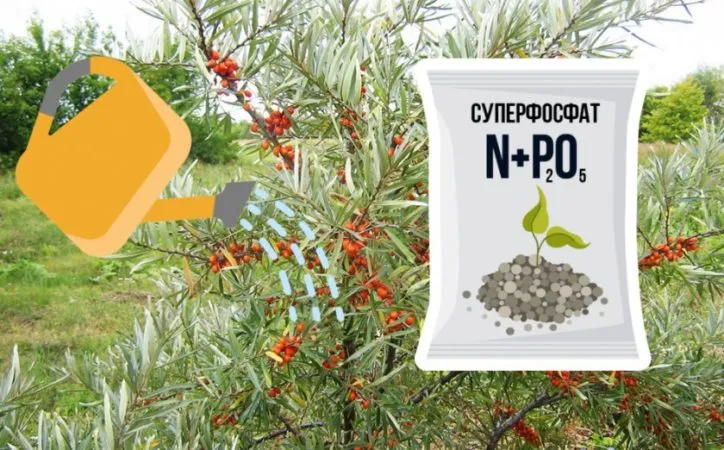
Sea buckthorn is not overly demanding regarding soil fertility. It even improves soil quality thanks to nitrogen-fixing bacteria in its root nodules, which absorb atmospheric nitrogen. In nutrient-rich soils, first-year plants typically don’t require additional feeding.
Mature plants benefit from potassium and phosphorus during fruit set. A common solution includes:
- 1 tbsp potassium sulfate,
- 2 tsp Compo Micro Nutrients,
- 2 tbsp superphosphate,
dissolved in 10 litres of water per tree.
Fruiting plants respond well to foliar feeding. The first application in early June uses a urea solution (1 tbsp per 10 litres of water). Some gardeners prefer Liquid Fertilisant Universel at the same dosage.
The second feeding uses potassium humate (10 ml per 10 litres of water).
For weakened young plants, two additional foliar applications are recommended: 20-30 days before harvest and after fruiting, using potassium humate or Biobizz Bio-Grow.
Identifying Nutrient Deficiencies
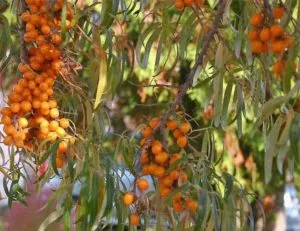
Although sea buckthorn produces nitrogen, deficiencies can occur, disrupting photosynthesis and causing yellowing leaves – particularly during cold, dry spells when nutrient uptake is challenging.
In warm weather with persistent yellowing, try these solutions:
- 20 g ammonium nitrate per 10 litres of water;
- 120 g urea per 10 litres of water.
These can be used for watering or foliar spraying (30 g urea per 10 litres).
Potassium deficiency shows distinct symptoms:
- Leaves become limp with reduced turgor pressure and thinner cell walls.
- Leaf edges yellow, eventually turning brown while the main leaf area remains dark green.
Consequences of potassium deficiency:
- Reduced frost tolerance
- Excessive but hollow fruit set with small berries
- Stunted new growth
- Increased susceptibility to fungal diseases
At first signs, apply manure (1 kg/m²) and potassium fertilizers (1 kg/100 m²).
Summer Feeding Options for Sea Buckthorn
During summer’s rapid growth phase, sea buckthorn requires regular nutrition to support lateral shoots and fruit development.
Mineral Fertilizers
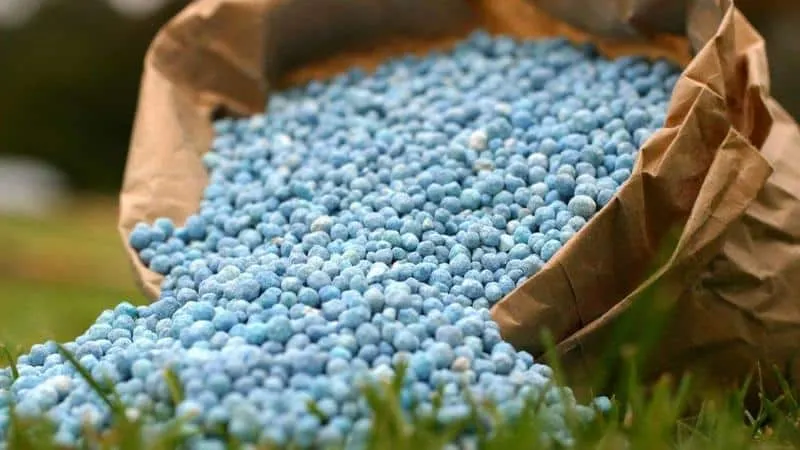
Begin mineral fertilization from year 3, scattering ammonium nitrate (20 g/m²) around the base and lightly covering with soil.
Follow with foliar feeding after two weeks using potassium humate (30 ml/10 litres water).
Organic Fertilizers
An effective organic mix contains:
- 10 litres compost
- 400 g crushed eggshells
- 3 litres sand
Spread evenly within 1 m radius of the trunk (2 buckets per plant).
Important! Organic fertilizers contain high nitrogen levels. Excessive amounts can cause root burns and stem deformation, so apply cautiously.
Homemade Remedies
First-year plants benefit from yeast solutions that stimulate growth and improve soil microbiology:
- 1 kg fresh yeast
- 5 litres warm water
Dissolve, steep for 30 minutes, then dilute 1:10 for application.
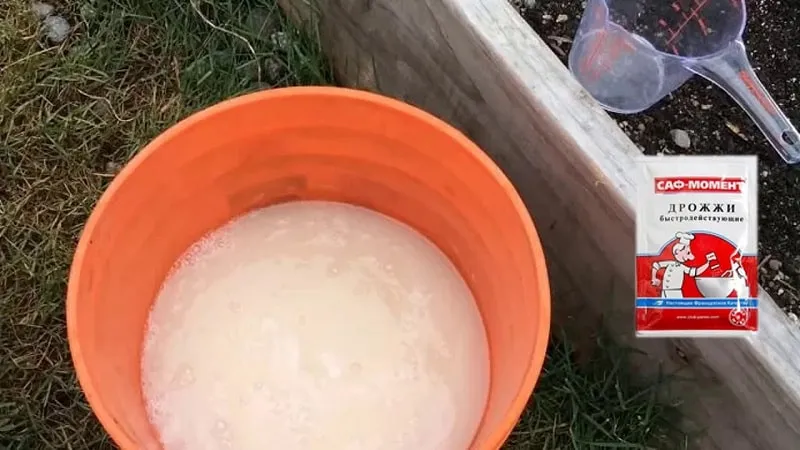
Wood ash (400 g/10 litres water or 400 g/m²) provides potassium and phosphorus. Weed tea – fermented plant matter soaked in water for a month – makes another excellent natural fertilizer.
Feeding Frequency and Quantities
Established plants typically receive three summer feedings, increased if the tree appears weak. Young plants usually don’t require fertilization until their third year.
Recommended Feeding Schedules
Three approaches depending on plant maturity:
- First years: Generally no feeding unless weak, then potassium-phosphorus supplements
- Fruiting trees: Three seasonal feedings – one soil application followed by foliar treatments at 2-week intervals
- Deficiency cases: Up to five applications with targeted nutrient supplementation
Proper Fertilization Techniques
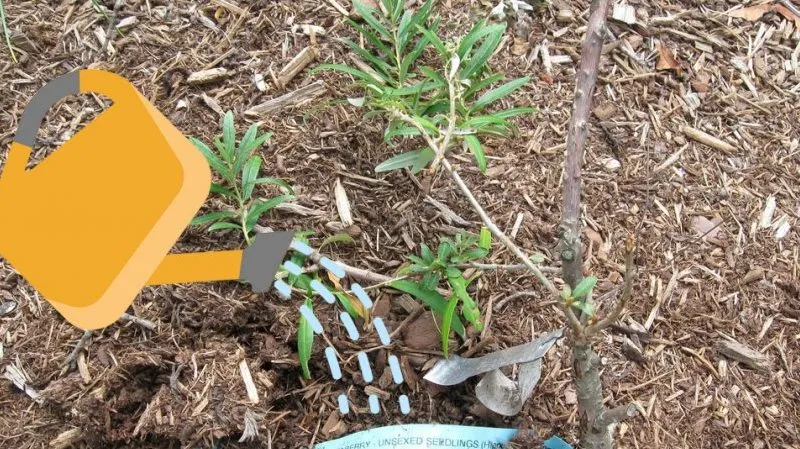
Application methods vary by growth stage.
Application Methods
Two primary techniques:
- Basal dressing: Evenly distribute (liquid or granular) within 1 m radius, lightly covering granules with soil
- Foliar feeding: More efficient nutrient absorption through leaf spraying
Common Mistakes to Avoid
Beginner errors include:
- Incorrect dosages (both insufficient and excessive)
- Using expired products
- Uneven distribution
- Inappropriate fertilizer selection
Expert Recommendations
Seasoned gardeners advise:
- Fertilize in evening hours
- Choose windless days for foliar applications
- Apply soil treatments during dry periods
- Use nitrogen cautiously due to the plant’s natural nitrogen production
Conclusion
Successful sea buckthorn cultivation requires strategic summer feeding with proper timing, methods, and balanced nutrition – particularly potassium and phosphorus – to ensure abundant harvests of quality berries.







